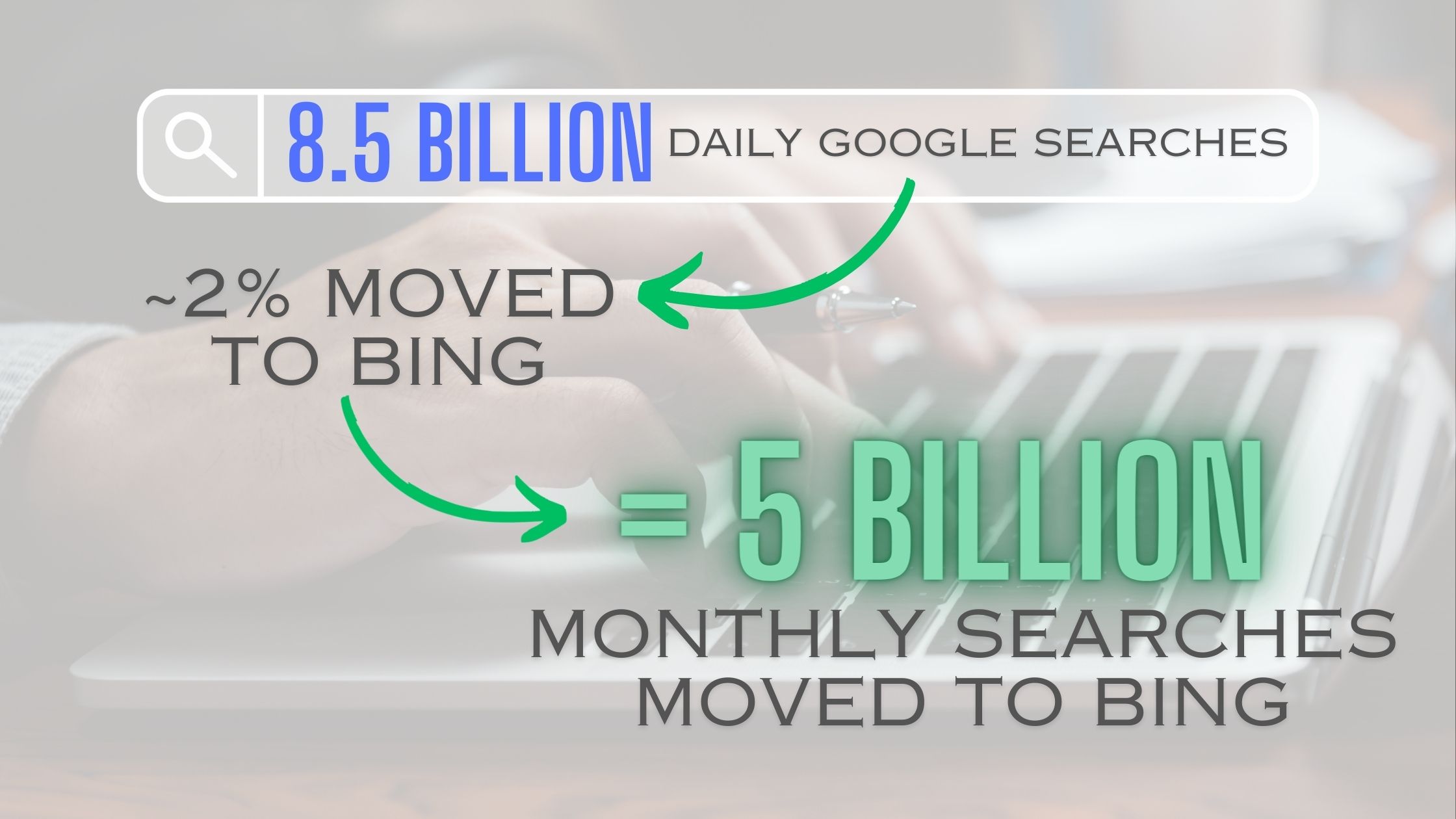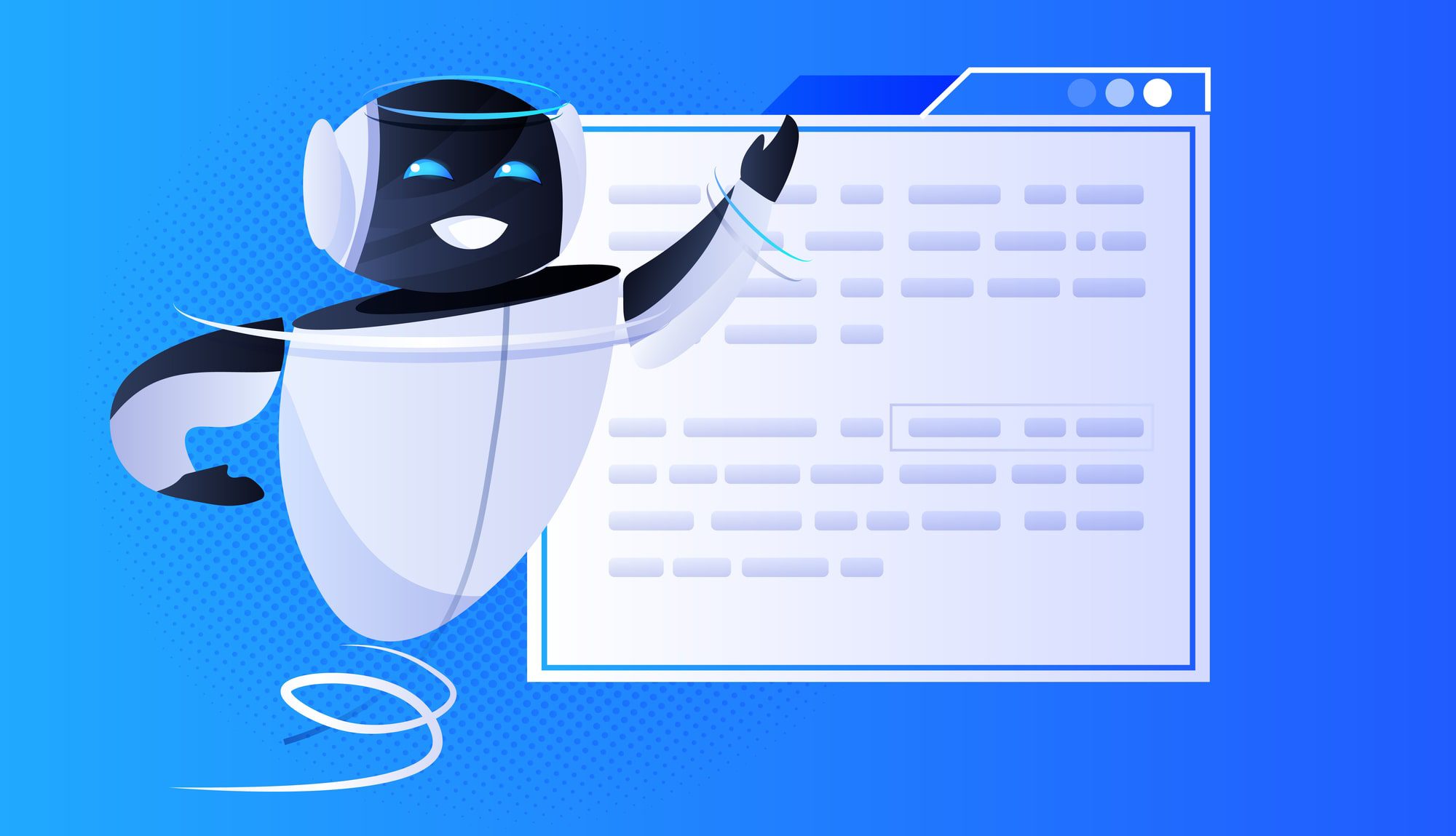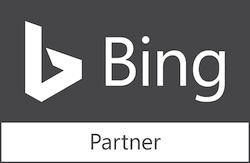 Your online marketing plan has just paid off. Whether it’s through search engine optimization or effective branding, you have achieved the first goal of digital marketing–get the click. A visitor is now on your website and you have a precious few seconds (if that) to make that visit count towards your business goals. What needs to happen for those visits to translate into conversions and revenue?
Your online marketing plan has just paid off. Whether it’s through search engine optimization or effective branding, you have achieved the first goal of digital marketing–get the click. A visitor is now on your website and you have a precious few seconds (if that) to make that visit count towards your business goals. What needs to happen for those visits to translate into conversions and revenue?
Want more visitors to convert? We can help. Contact us.
KNOW YOUR WHY
The first thing a prospect who visits your home page will want to know is who you are and what you do. We’re going to assume that you know perfectly well the reason you’re in business. The question is whether or not you have communicated your existential purpose clearly on your home page. Have you used the power of words, images or video to make certain that the reason jumps immediately off the page? If a prospect has to spend too much time figuring out what you do, they are unlikely to even continue their visit, much less turn into a customer.
KNOW WHAT YOU WANT
Doesn’t every business want more customers? Yes, but every business has a different reason and purpose for their website. If you’re an e-commerce site, then you want visitors to buy a product. But brick-and-mortar businesses have a wide range of reasons for going online, most of which can be grouped under the general heading of “raising brand awareness.” For some, this is a nice way of saying “We have this site up because we’ll look like idiots if we don’t.”
Whatever you’re after should be clear from the get go to the online visitor. Plus, the tools of conversion must be immediately available to them. Whether it’s a buy a product, sign up for a newsletter, join a loyalty program or simply get directions to the brick-and-mortar location, you need to put it in front of their face and ask for what you want.
SPEED MATTERS
To say website speed matters is an understatement. A slow website is about as hopeless as a basketball team that lacks speed and agility. since the online world demands immediate gratification, the last thing you need is a slow load time and any number of seemingly minor technical glitches on the back end can be the cause. In this regard, an SEO Audit is helpful to identify where and why things aren’t working right.
KNOW HOW VISITORS FIND YOU
If your website is properly optimized, you’re likely getting a steady flow of traffic from the organic search results. That’s terrific. It also means that people might start their encounter with you from a starting point that isn’t the home page. They may have pulled up a service page or a blog post. Now think back to what you want visitors to do on your site. Is that sense of purpose clear from any page on your site as much it is on the home page?
In digital marketing, every page is a home page for somebody and every page on your site needs the same clear sense of purpose that you’ve given the home page. Are visitors given clear directions to your conversion goal? A Google Analytics Audit is a good tool for finding out what pages are serving as frequent entry points for organic visits. Then you can prioritize the development of those pages.
CLEAN UP THE MESS
Every website has pages that become outdated and have been taken down, but they can still appear in Google searches. You’ve worked hard to get a visitor to your site, and the opportunity is wasted if they see this…
Not Found
The requested URL /404 was not found on this server.
There are two ways to fix this. First, create your own custom-made 404 error page. It’s not realistic to clean up every single error as soon as it appears. Still, you can make certain that the error page matches you website’s design. In the error page, you can even insert a creative or humorous message that fits your business. At worst, you’ll look like a professional operation that knows what it’s doing. At best, the prospect will actually stay, even though what they were looking for is gone.
The better, long-term fix is to make sure redirects are implemented on a regular basis (ideally, once a month). Most Content Management Systems have the ability for you to set up 301 Redirects and thereby deliver the user to the content that’s most similar to the outdated 404 error page.
CONVERT MOBILE-USERS
These days, having a mobile-friendly site is a necessity, but not all mobile-friendly themes are the same. Make certain that conversion paths emphasized on the home page and popular organic search landing points are just as easy to find for the mobile user.
You can’t just build your site and then forget about it. Brick-and-mortar stores would never dream about being cavalier regarding a walk-in customer. They know how much marketing effort and expense went to getting that person in the store. An online visitor is no different. If you get the click, you want to make sure your site has at least a puncher’s chance of getting the conversion.
Is your website technically solid? How about fast? Contact us and find out.







